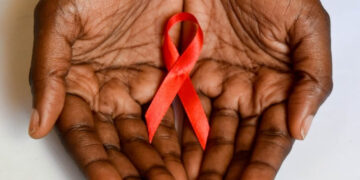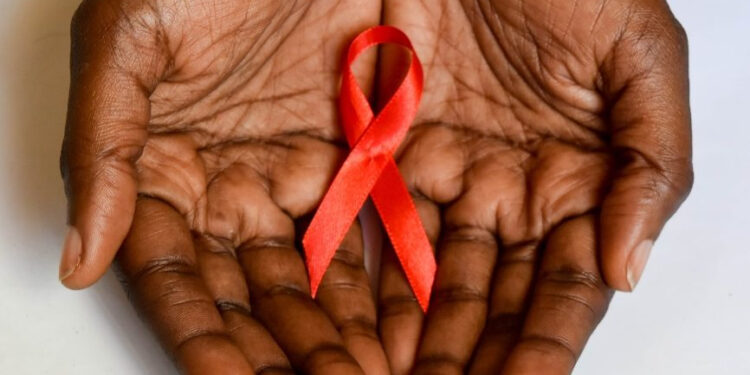By John Ikani
The National Agency for the Control of AIDS (NACA), on Monday, revealed that four key population groups in Nigeria are responsible for recent rise in new HIV infections.
A data on mode of HIV transmission released by NACA in Abuja, indicated that never married uncircumcised females and circumcised males aged between 19 to 31 years are responsible the new infections.
According to the data, the largest number of new infections in the adult population is occurring among Never Married Females and Never Married Males (Young People) while the next largest number of new infections occur among Female Sex Workers and men who have sex with men (SMS).
Speaking during dissemination meeting of the report yesterday, in Abuja, the Director-General of NACA, Dr Gambo Aliyu, said the study, which focuses on identifying the sources of new HIV infections in the country and was first conducted in 2009, was recently repeated using an updated model known as the Incidence Pattern Model.
This, he added, was done to support efforts geared towards preventing new HIV infections using information that was accurate and clearly show where new infections are occurring and among which population group.
He noted that data from the 2018 Nigeria AIDS Indicator Impact Survey (NAIIS) supplied most of the information on population size and characteristics used for the study, adding that the key population size, prevalence rate for key populations and the number of new infections by state spread were estimated from the recent key population study.
According to him, the key populations, which represent less than two per cent of the total population, account for about 11 per cent of new infections.
Gambo stated that child infections, due to mother-to-child transmission, represent the second largest source of new infection accounting for 22 per cent of all new infections.
He said, “In many states, child infections account for an even larger proportion, up to 50 per cent.
“Though Nigeria is working hard to close these gaps, the findings of this study will further help the Agency and partners redirect resources for maximum yields as we look forward to attaining epidemic control with more targeted interventions.”
Gambo said special efforts would also be required to reach young population in schools, workplaces, gathering spots and through social media, and encourage women to attend anti-natal care, especially in high prevalence states to eliminate new infections through newborns due to low coverage of PMTCT.
He suggested an increased efforts especially for the highest risk female sex workers and men that sleeps with men which has shown that, even though the population is small, prevalence remains high among sex workers in spite of high levels of reported condom use.




































